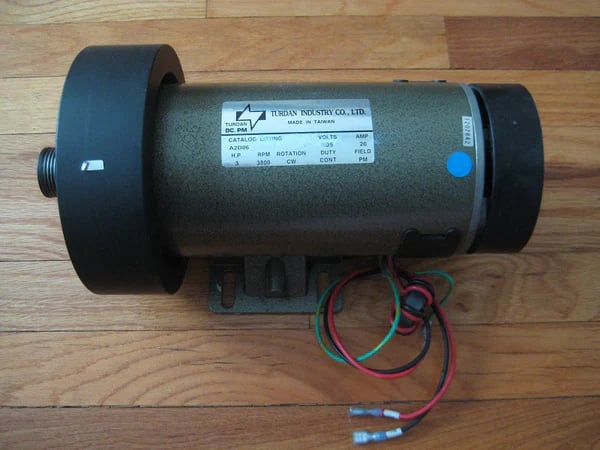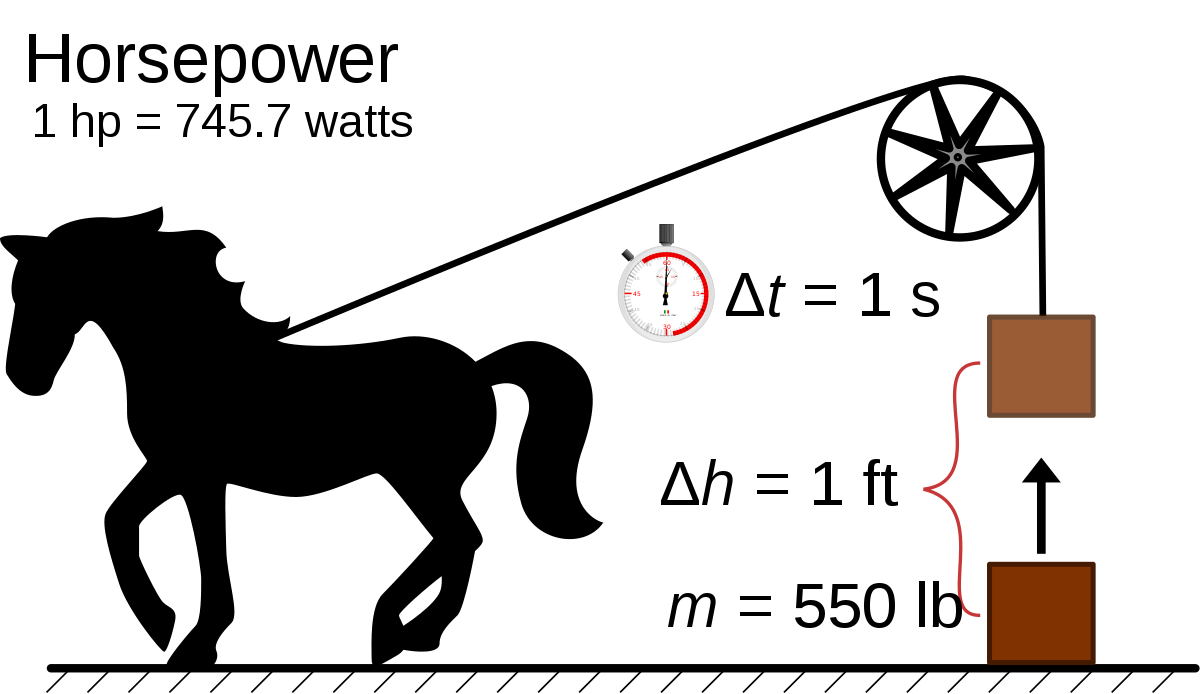The next installment of The Great debunking is going to involve treadmill motors.
And if you've been working around treadmills as long as I have, you remember when you needed to know every single spec of every treadmill versus other treadmills. This was really a thing at one point in our industry.
But where is you would think the internet would have lent itself to better information, what's actually happened is real information in our industry has gotten totally buried by fake affiliate sites. Huge companies with large budgets pay a lot of money to have their lousy or mediocre product rated well.
Motor horsepower and the quality of the motor is definitely one of those places.

First of all, you're going to notice that the motor warranty of a treadmill is much longer than the parts warranty. There's a simple reason why. The power supply comes into a treadmill into the lower board, the lower electronics board, and that decides how much power to give to the motor to spend the wheel. I'm always a very simple thing, and it's that lower board that has to do a lot more work to control for the amount of energy it needs to put into the motor to keep this speed constant while you're changing elevation or running on it.
So 95% of the time, before the motor can have any problem the lower board is going to burn itself out. That's how most treadmills die, the belt and deck age and more friction is created putting more strain on the lower board as it tries to power the treadmill. And it browns out before the motor will go...nearly every time. So, your "Parts" warranty is a lot more important!
But a lot of that equation is based on how powerful the motor is. A powerful motor doesn't really help the treadmill go faster or slower or even accelerate or decelerate quickly, that's all about the quality of the lower electronics board. What a stronger motor does is it requires less power to do a job, so it's a lot longer before the lower board burns out. All things being equal, a stronger motor requires less power to do the same job. So a four horsepower motor is just going to last longer than a three horsepower motor because it's not working as hard. And by last longer, I mean it's going to take longer for the lower board to burn out.
And when you rate the power of a motor, you are rating it in horsepower. Which, as the name implies, is a much older measurement based on the use of horses to pull a weight over a pulley. If you wanted to know.


And there's been a lot of different terminology to confuse people, peak horsepower, treadmill horsepower, and more. But the first number you're looking for is the continuous horsepower, or CHP. That tells you how much power it can continuously deliver.
But absolutely critical to the continuous horsepower rating is understanding the RPMs of the motor when it is producing that horsepower rating. Because a motor spins, and the faster it spins, the harder it is working. So what you're really looking for is a high horsepower with a lower RPM. That means it's producing more power while working less hard.
And that's the part that most manufacturers like to hide from people.
The reason a lot of those cheap department store and online brands can still post a three, 3.5, or even four CHP is because they spin the hell out of the little popcorn motor to create that horsepower rating. And that's why they only have a 2-year or one year parts warranty. Because that little lower board isn't going to last long with a nearly any real use.
Almost all the motors on high quality treadmills are rated between four and five thousand RPMs now. I have a true Z5 on my floor that still rated at 3800 RPMs, I checked it when it came in to my showroom.
But that's the big difference when you're trying to figure out why some $1,500 piece of plastic with a two-year warranty supposedly has the same horsepower as some $4,000 high-end residential treadmill. The motors are very different quality levels, but the low end product has the motor spun fast enough to make the little Coke can-sized motor produce a lot of power, but it's a short-term thing.
Also, a lower RPM means that the motor is going to have a lot more torque when it's producing that horsepower rating. And torque is pulling power, so that's going to make a big difference in the lifespan of the machine. And treadmills with low torque have a lot more lag on the belt, you'll notice that when you're running on one.
Now a lot of people who looked at treadmills have probably noticed that commercial treadmills use and AC motor and residential treadmills use a DC motor. That's alternating current and direct current to anybody who doesn't know.
They actually both have advantages. And they're built for their application.
AC motors can start faster under generally more powerful. But they also make a lot more noise. The DC motor is actually better at maintaining consistent speed when you have somebody moving quickly.
That should be enough to glaze most eyes. We'll talk about flywheel weight or belt quality next time, that should *REALLY* bore you.
That should be enough to glaze most eyes. We'll talk about flywheel weight or belt quality next time, that should *REALLY* bore you.




COMMENTS